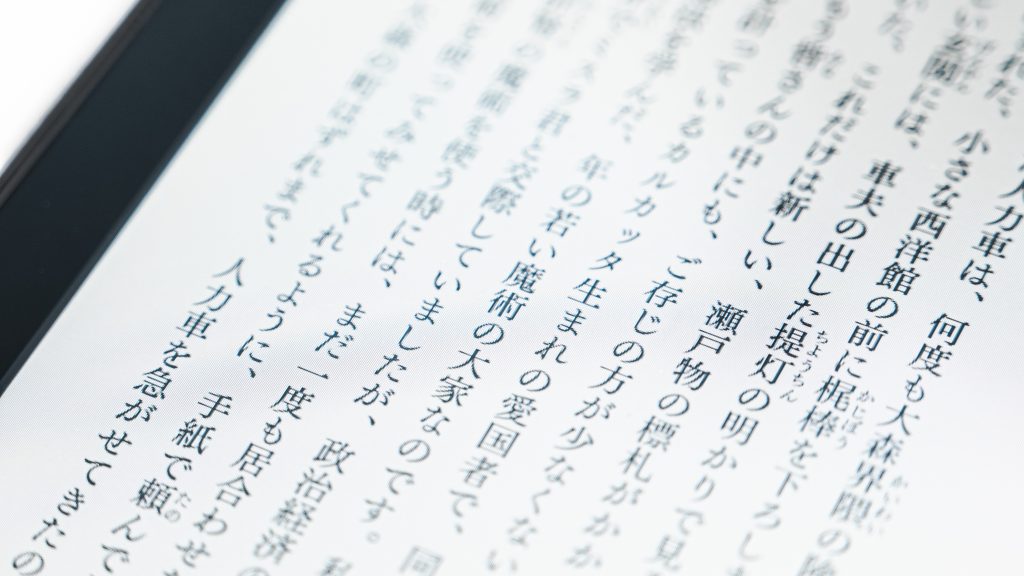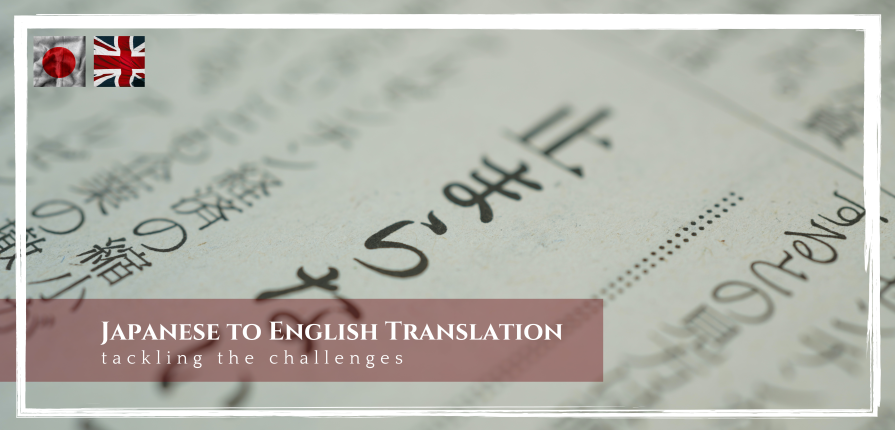In today’s article, VINALOCALIZE will explore the challenges of translating Japanese to English.
From a small, disaster-ridden country, Japan rose to be an economic power in the modern world. As per the IMF’s ranking in 2023, Japan ranks as the third-largest economy in the world by nominal GDP.
The attraction of Japanese to international companies is undeniable. And the appeal works two ways. Communication plays a big part as Japan aims to go global. And the differences in languages require translation.
Translating from Japanese to English is no easy task. The many disparities in alphabets and grammar, and, on a larger scale, in culture, pose challenges for any decent Japanese-English translation service.
What do we talk about when we talk about Japanese-to-English translation?
Translating Japanese to English can be challenging, but the result will feel so satisfying. It is because an excellent translation proves that the translators have overcome all the difficulties that Japanese, one of the hardest languages to translate into English, has laid out for them.
What kind of difficulties can there be? Let’s look at some major ones below.
Different sentence structure
How the words make up a sentence in Japanese is very different from how an English sentence is formed.
The sentence structure in English is usually SVO: Subject – Verb – Object. With such a structure, we can build a sentence like this:
| Subject | Verb | Object |
| I | ate | an apple. |
In Japanese however, the sentence structure is SOV: Subject – Object – Verb. For example, to convey the same idea as the English sentence above, the Japanese version will be like this:
| Subject | Object | Verb |
| 私は | リンゴ を | 食べました. |
If we apply the same sentence structure of Japanese to an English translation, it will result in a sentence that reads: I apple ate. Which makes no sense.
The context of everything
Japanese is a language that is highly contextual. To fully understand what the language conveys, we usually have to take a larger and deeper look at everything that surrounds a sentence.
Finding sentence subjects
Japanese usually omit subjects in a sentence. Let’s return to the apple-eating example above. Usually in conversation, the 私は will be left out, and the sentence ends up being: リンゴ を 食べました.
And the Japanese would still understand completely. And in this example, so do we. But this is a simple case. In more complex and advanced conversations that we will not discuss today, the omission of subjects can lead to so much confusion.
Japanese is known for its tendency to omit subjects in sentences, a practice that often extends to the omission of explicit pronouns like “I,” “you,” or “he/she.” The subject and pronoun are typically implied, with their interpretation heavily reliant on the context in which the sentence appears.
As a result, Japanese sentences can appear concise but may require the reader to delve into the surrounding context to determine the intended subject and fully grasp the meaning of the communication. This practice of subject omission and reliance on implicit pronouns contributes to the highly contextual nature of the Japanese language, where context plays a pivotal role in effective communication.
Different writing systems

Japanese consists of three major alphabetical systems: Kanji, Hiragana, and Katakana. The literal meaning of Kanji is “Han characters”, referring to the Chinese characters that the Japanese have adapted since the 5th century AD. Hiragana serves various grammatical functions in a Japanese sentence and is also used to read sounds and spell out words. Katakana is similar to Hiragana in the sense that it also works in conjunction with Kanji; however, it is more commonly seen spelling out vocabulary that has non-Japanese origin.
On the contrary, English is written only using the Latin alphabet. The simplicity in comparison with the Japanese alphabet is inherent.
A small note on character size
Japanese characters usually take up more space than English ones. In addition, due to the difference in grammar that we will talk about in more detail below, the Japanese translation from English is usually longer due to several rephrases to clarify the sentence’s meaning. This effect works two ways, as the English translation from a Japanese body of text can be shorter due to how words and phrases are expressed differently.
Find the place for Japanese to English translation service
In the world of global communication, Japanese-to-English translation is the linchpin that binds cultures and facilitates understanding. The intricate challenges it poses, from subject omission to distinct sentence structures, are no match for the expertise of dedicated professionals. In their hands, languages merge, creating a more interconnected world.
Unlock the potential of international communication and expansion with VINALOCALIZE‘s comprehensive translation and localization services. Contact us today to bridge the language and culture gap, ensuring your message resonates globally.



